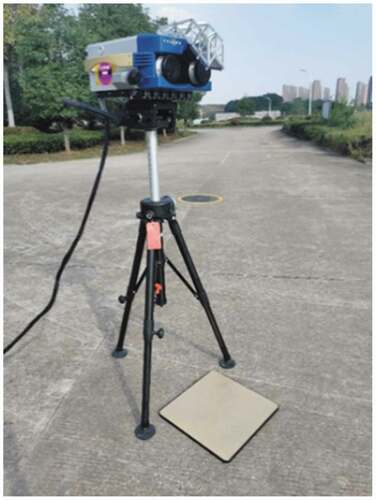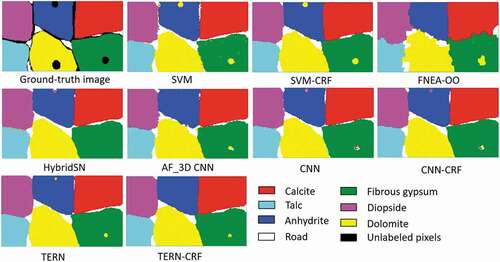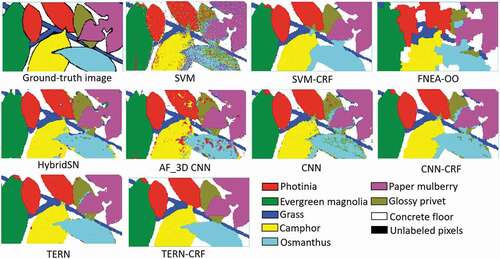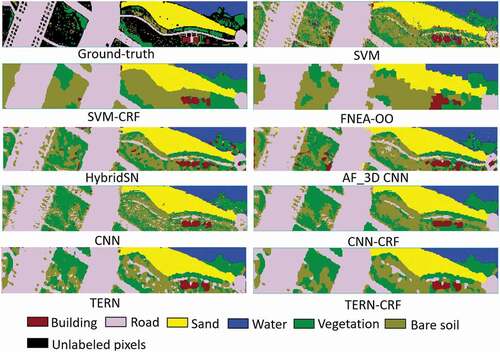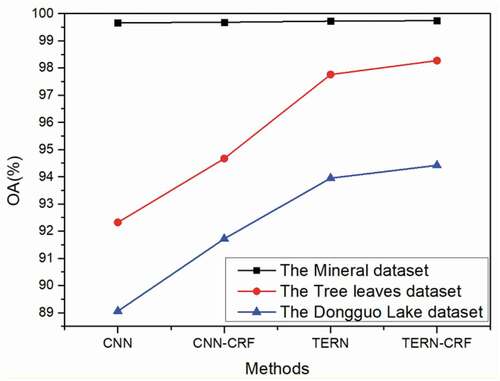Figures & data
Figure 2. The three datasets (a) Mineral dataset. (b) Tree leaves dataset. (c) Dongguo Lake dataset.
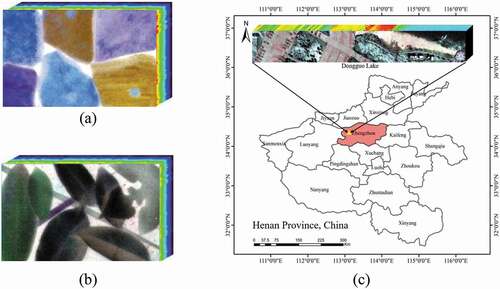
Figure 3. Spectra and temperature of the three datasets. (a) Radiance spectra of the mineral dataset classes. (b) Radiance spectra of the tree leaves dataset classes. (c) Radiance spectra of the Dongguo Lake dataset classes. (d) Emissivity spectra of the mineral dataset classes. (e) Emissivity spectra of the tree leaves dataset classes. (f) Emissivity spectra of the Dongguo Lake dataset classes. (g) Temperature of the mineral dataset. (h) Temperature of the tree leaves dataset. (i) Temperature of the Dongguo Lake dataset.
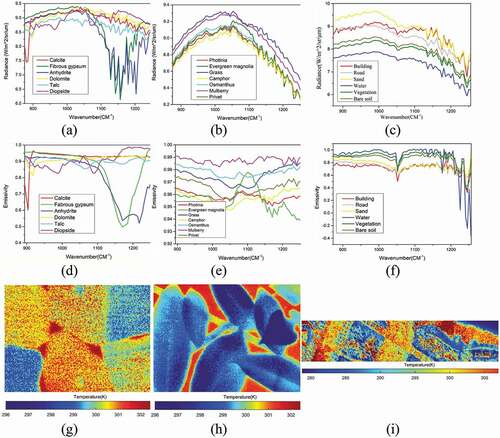
Figure 4. Flowchart of the proposed TERN-CRF method. The model includes two steps: the temperature-emissivity residual network and post-processing based on the CRF model. The network includes two spectral and two spatial residual blocks, an average pooling layer, and a fully connected layer. The CRF model includes a segmentation prior and inference of CRF.
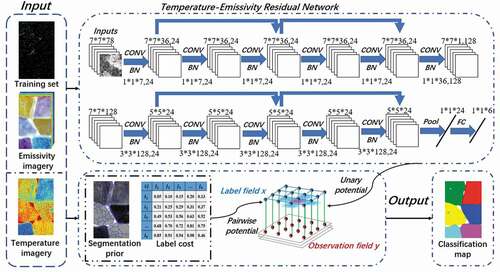
Figure 5. (a), (b) and (c) respectively represent three-dimensional CONVBN, spectral residual blocks and spatial residual blocks.
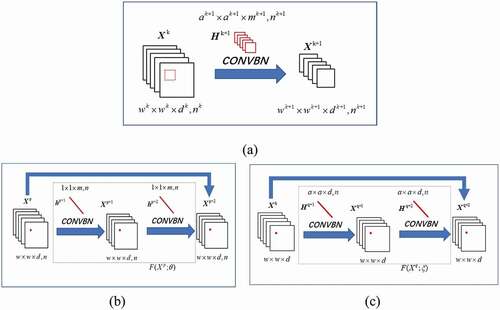
Table 1. Training and test samples of the mineral dataset.
Table 2. Training and test samples of the tree leaves dataset.
Table 3. Training and test samples of the Dongguo Lake dataset.
Table 4. Classification results of the different methods for the mineral dataset.
Table 5. Classification results of the different methods for the tree leaves dataset.
Table 6. Classification results of the different methods for the Dongguo Lake dataset.
Table 7. Average running times for the different classification methods. Time: s.

